If you feel anxiety when it comes to knitting intarsia, you’re not alone. This tutorial, which includes a video demonstration of the tips and concepts covered, should help assuage that anxiety. Today is all about how to knit better (cleaner, crisper, more even) intarsia joins.
In intarsia knitting, changing between one color and another is referred to as a join. You’ll encounter a few different kinds of intarsia joins, depending on the pattern you’re knitting. There’s joining a new color to start knitting a section in that color, and there are vertical, diagonal and horizontal joins.
“Horizontal Intarsia Joins“
A horizontal join doesn’t really exist in intarsia because at that point, your technique is essentially the same as working a row of stranded colorwork (also known as fair isle) knitting. You’ll work with floats, which are the strands of unknit yarn that run across the back of your knitting when you’re knitting with more than one color in the same row. With any stranded knitting, the trick is to avoid over or under-tensioning your floats so the stitches on the right side of the fabric appear even, without puckering.
Vertical and Diagonal Intarsia Joins
Vertical and diagonal joins happen all the time in intarsia. Vertical joins occur when several rows’ joins align, well, vertically on top of one another for several rows. On right side rows, which are usually comprised of knit stitches, you’ll knit in your row until it’s time to change colors. Then you’ll drop your working yarn, bring up the new color from beneath the old one, and continue to knit in the new color. Since this is a vertical join, the time to change colors will be obvious.
Vertical Joins Tip
Observant knitters who’ve tried intarsia before may have noticed that their end-of-section stitches end up a little bigger than they’d prefer, and this phenomenon is especially obvious on vertical color changes. To achieve more even vertical joins, it’s not some magic involving extra twists or weaving in ends in some special way or even blocking. It’s a simple tug on the tail of the new color of yarn you’re switching to before knitting into it, working a vertical intarsia join.
For me, this phenomenon is better suited to explanation via video, so please check out what I’m describing in the video embedded below. A photo tutorial is linked at the bottom of this post in the Useful Links section as well.
Diagonal Joins Tip
Rather than occurring in a straight line, diagonal intarsia joins are offset, often by just a few stitches. The main thing to keep in mind is not over tensioning your working yarn. A trick I use, especially if I’m worried about a particularly wide diagonal join, is borrowed from two-handed stranded colorwork knitting. I work the diagonal intarsia join, then I grab the dropped yarn with my right hand pinky as if to tension it for knitting throwing style. That opens up the little intarsia float in the new color, which can help with tension.
No matter the type of intarsia join you’re working (vertical, diagonal, right side, wrong side), intarsia joins are simply a matter of bringing the new yarn up from under the working yarn, the old yarn over the new. Often this action is described as a twist, but thinking of it as a handshake or two people walking with their elbows linked is more helpful.
Video Tutorial: Tips for Better Vertical & Diagonal Intarsia Joins
And here’s those tips in video form, because sometimes a demonstration is the simplest way to illustrate a 3D concept. :)
Useful links about intarsia joins
Neater Intarsia: A simple fix for uneven stitches around a vertical color change – Yarnsub
Shout out to this post for existing – I thought I was being weird by manually tensioning vertical joins to make them extra crispy before I found this post. Now we can all have crispy joins together!
Intarsia Join – Åsa Tricosa
A straight-to-the-point overview with photos of how to do intarsia joins. I’m obsessed with their description of intarsia joins and referenced part of it in the introduction to this post. Here’s the full quote: “There is nothing mysterious nor difficult about changing colours between one block of colour and another. This is sometimes referred to as an intarsia join. The rule: OLD OVER new. Then you bring up the new yarn around the old. No twisting or any other shenanigans.” … To me, this is like poetry. 
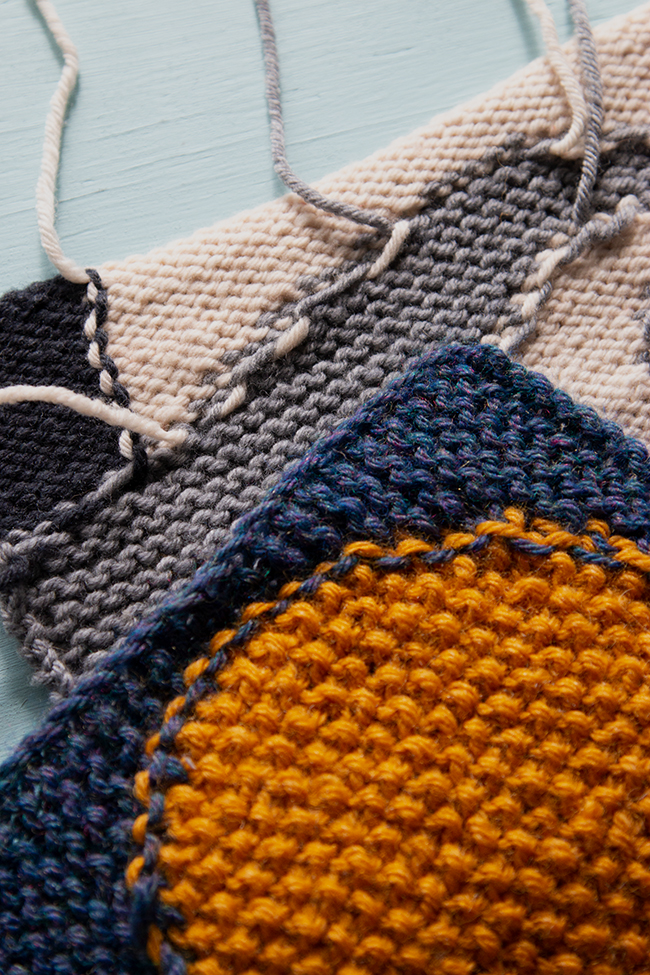
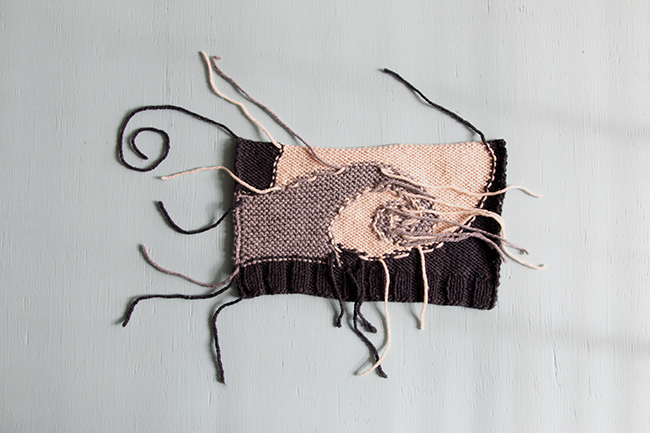
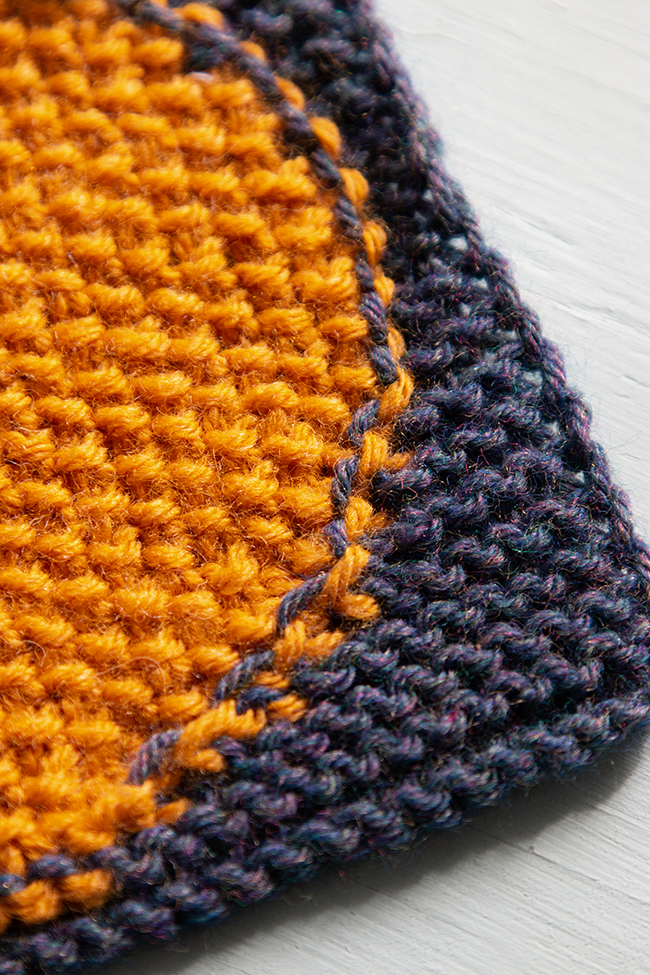
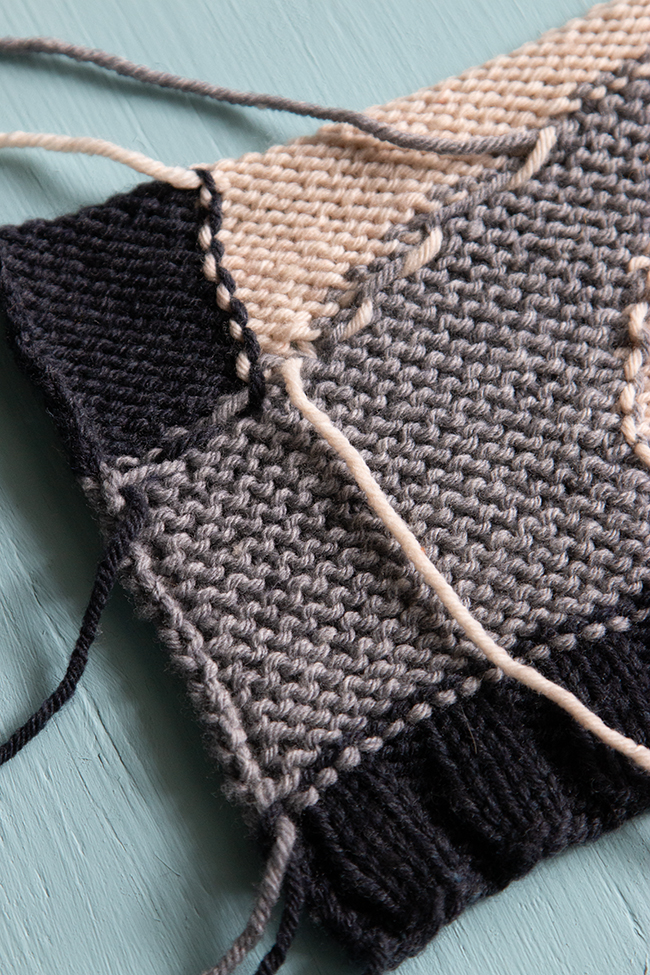
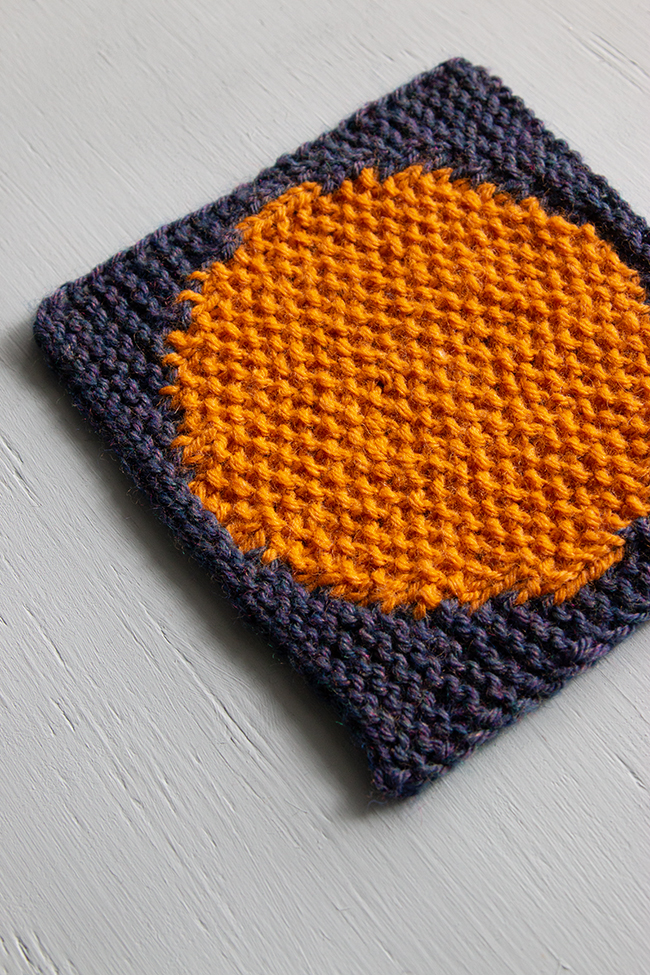
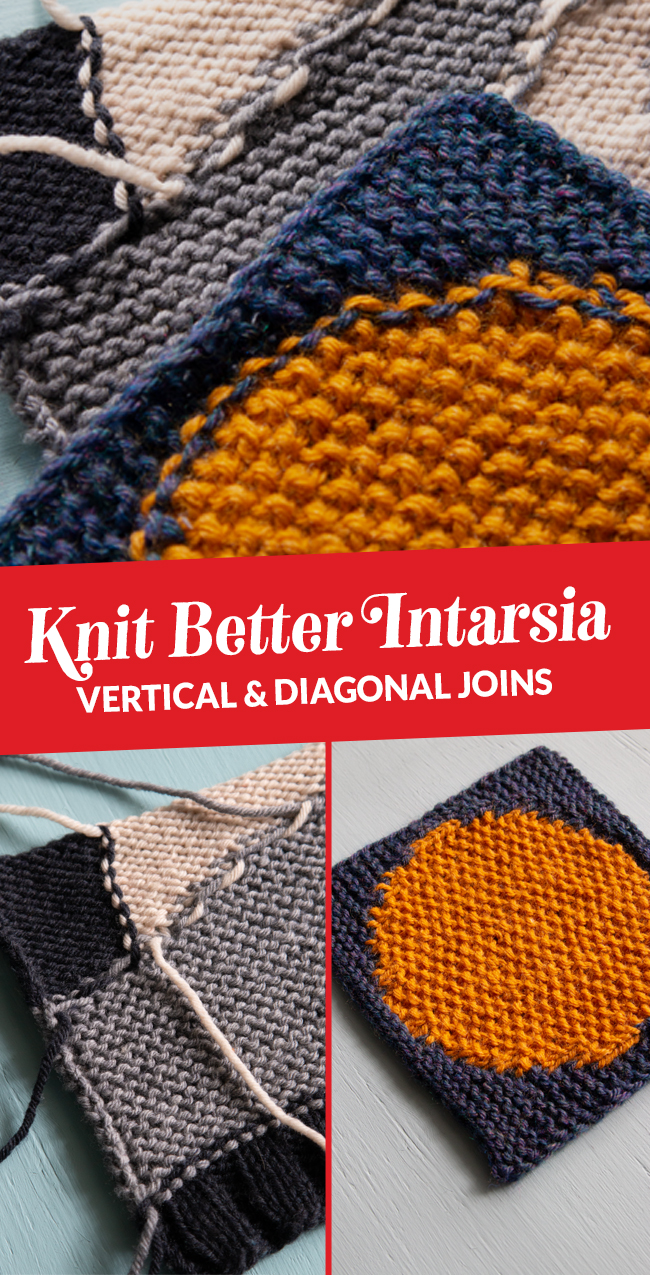
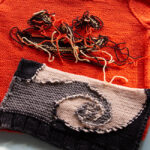
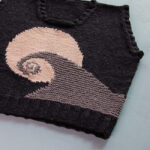
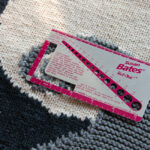



 & shop new patterns
& shop new patterns 





Leave a Reply